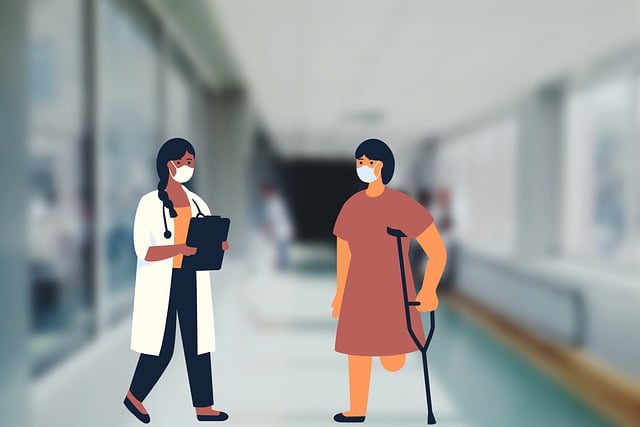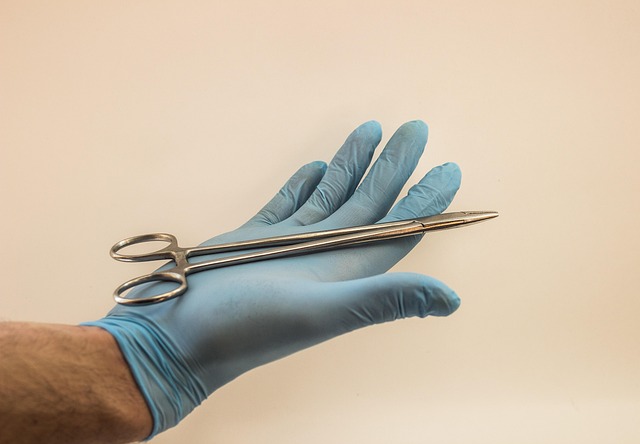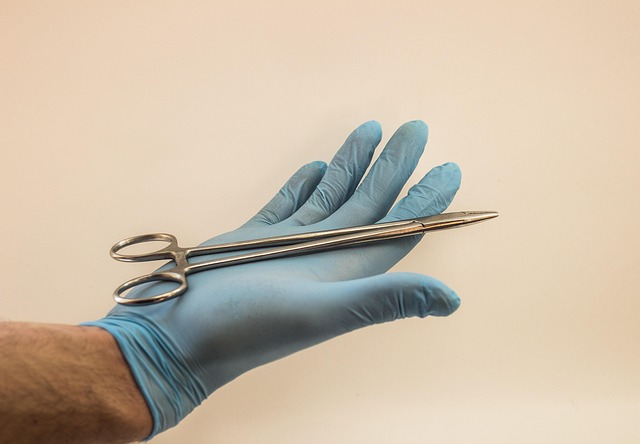Automated patient reminders via SMS, email, or phone calls significantly reduce no-shows in healthcare, improving attendance rates and optimizing resource allocation. A multi-channel approach leveraging these tools enhances communication, fosters accountability, and leads to better healthcare outcomes by streamlining administrative tasks and managing schedules efficiently. Implementing an automated system involves a 6-step process, with success measured through data-driven analysis of attendance metrics, enabling targeted interventions and improved operational efficiency.
In the digital age, patient no-shows remain a significant challenge in healthcare. To combat this, automated patient reminders through SMS, email, and calls offer a powerful solution. This article explores how technology-driven reminders can reduce no-shows and improve attendance rates. We delve into the prevalence of patient absences, the effectiveness of automated systems, and the multi-channel approach. Additionally, we provide practical implementation strategies and metrics for measuring success, emphasizing the impact of enhanced communication in healthcare settings.
- Understanding Patient No-Shows: A Prevalent Issue
- The Power of Automated Reminders: A Solution
- Multi-Channel Approach: SMS, Email, and Calls
- Enhancing Communication for Better Attendance
- Implementation Strategies: A Step-by-Step Guide
- Measuring Success: Tracking Attendance Rates
Understanding Patient No-Shows: A Prevalent Issue

Patient no-shows are a significant challenge in healthcare settings, impacting both patient care and resource allocation. It’s a common issue that occurs when patients fail to attend scheduled appointments, leading to cancellations and disruptions in healthcare services. This problem is further exacerbated by our increasingly busy lifestyles, making it easy for individuals to forget or reschedule their medical appointments.
Automated patient reminders offer a promising solution to combat this prevalent issue. These technology-driven tools, including SMS, email, and phone calls, can significantly reduce no-shows and boost medical attendance rates. By proactively reaching out to patients, these automated reminders ensure that individuals are aware of their upcoming appointments, encouraging timely attendance and minimizing last-minute cancellations.
The Power of Automated Reminders: A Solution

In today’s fast-paced world, patient no-shows and missed appointments are common challenges in healthcare. However, implementing automated patient reminders offers a powerful solution to improve attendance rates. These advanced reminders, sent via SMS, email, or phone calls, act as timely nudges, ensuring patients stay on top of their schedules. With just a few clicks or an automated dial, healthcare providers can significantly reduce no-shows and optimize resource allocation.
Automated patient reminders are game-changers in healthcare scheduling, providing an efficient and effective way to prevent no-show prevention tools. By leveraging technology, reminder call services can be tailored to individual patient needs, increasing the likelihood of attendance while streamlining administrative tasks for healthcare providers. This simple yet strategic approach can lead to better patient engagement and overall improved healthcare outcomes.
Multi-Channel Approach: SMS, Email, and Calls

A multi-channel approach to patient reminders, leveraging SMS, email, and automated phone calls, offers a comprehensive strategy for enhancing medical attendance rates and minimizing no-shows. This integrated system ensures that patients receive timely and consistent notifications through their preferred communication channels. By combining these methods, healthcare providers can maximize engagement and reduce the likelihood of missed appointments.
Automated patient reminders through clinic reminder automation tools have proven to be effective no-show prevention mechanisms. These solutions not only improve medical attendance boost but also streamline administrative tasks for healthcare professionals. With seamless integration across various platforms, patients can expect personalized messages that prompt them to confirm or reschedule their appointments, fostering a culture of accountability and respect for the healthcare provider’s time.
Enhancing Communication for Better Attendance

In today’s fast-paced world, effective communication is key to ensuring successful patient engagement and improved clinic operations. Automated patient reminders through SMS, email, or phone calls offer a revolutionary approach to enhancing communication between healthcare providers and patients. These technology-driven solutions act as powerful no-show prevention tools, significantly reducing instances of missed appointments. By sending timely and personalized notifications, healthcare facilities can effectively manage their schedules and optimize resources.
Clinic reminder automation not only helps in boosting medical attendance rates but also fosters a sense of accountability among patients. Automated reminders provide an efficient way to reach a broader patient base, considering various communication preferences. This strategy ensures that crucial appointments don’t go unnoticed or unattended, leading to better overall healthcare outcomes and happier patients.
Implementation Strategies: A Step-by-Step Guide

Implementing an automated patient reminders system is a strategic move to enhance attendance and minimize no-shows. Here’s a straightforward guide for healthcare providers looking to integrate this technology:
1. Assess Your Needs: Begin by evaluating your clinic’s current no-show rates and identifying the primary reasons behind them. This step will help tailor your reminder strategy accordingly. Consider factors like patient demographics, appointment types, and existing communication methods.
2. Choose a Reminder Tool: Select a suitable automated patient reminders platform that aligns with your clinic’s requirements. Look for features like SMS, email, and voice call functionalities, as well as customizable messaging templates. Ensure the tool integrates seamlessly with your existing electronic health record (EHR) system for efficient data management.
3. Design Reminder Messages: Craft clear and friendly reminder messages that convey the importance of attending appointments. Personalize the content to build patient engagement, including details like appointment date, time, location, and potential consequences of no-shows. Consider including a call-to-action, such as “Reply STOP to cancel.”
4. Set Reminder Schedule: Define the timing for reminder delivery. For instance, send reminders 24 hours before an appointment, with subsequent follow-up calls or messages 1 day and 3 hours prior. This multi-layered approach ensures maximum impact while avoiding excessive communication.
5. Implement and Test: Once set up, pilot the system on a small scale to iron out any kinks. Monitor its effectiveness during this trial period and gather patient feedback. Make necessary adjustments to messaging or timing based on the initial results.
6. Evaluate and Refine: Regularly analyze no-show rates post-implementation. Continuously refine your reminder strategy by tweaking message content, timing, or communication channels based on patient response and attendance data.
Measuring Success: Tracking Attendance Rates

Measuring success is a critical component of any effective patient engagement strategy. By implementing automated patient reminders through SMS, email, or calls, healthcare providers can track and analyze attendance rates with unprecedented accuracy. This data-driven approach allows for the identification of trends and patterns in no-shows, enabling targeted interventions to mitigate their impact.
The integration of clinic reminder automation not only improves medical attendance boost but also enhances overall operational efficiency. Healthcare scheduling reminders, when delivered proactively, can significantly reduce wait times and optimize resource utilization. As a result, tracking these metrics becomes a powerful tool for gauging the success of automated patient reminder systems, ultimately fostering a more engaged and responsible patient community.
